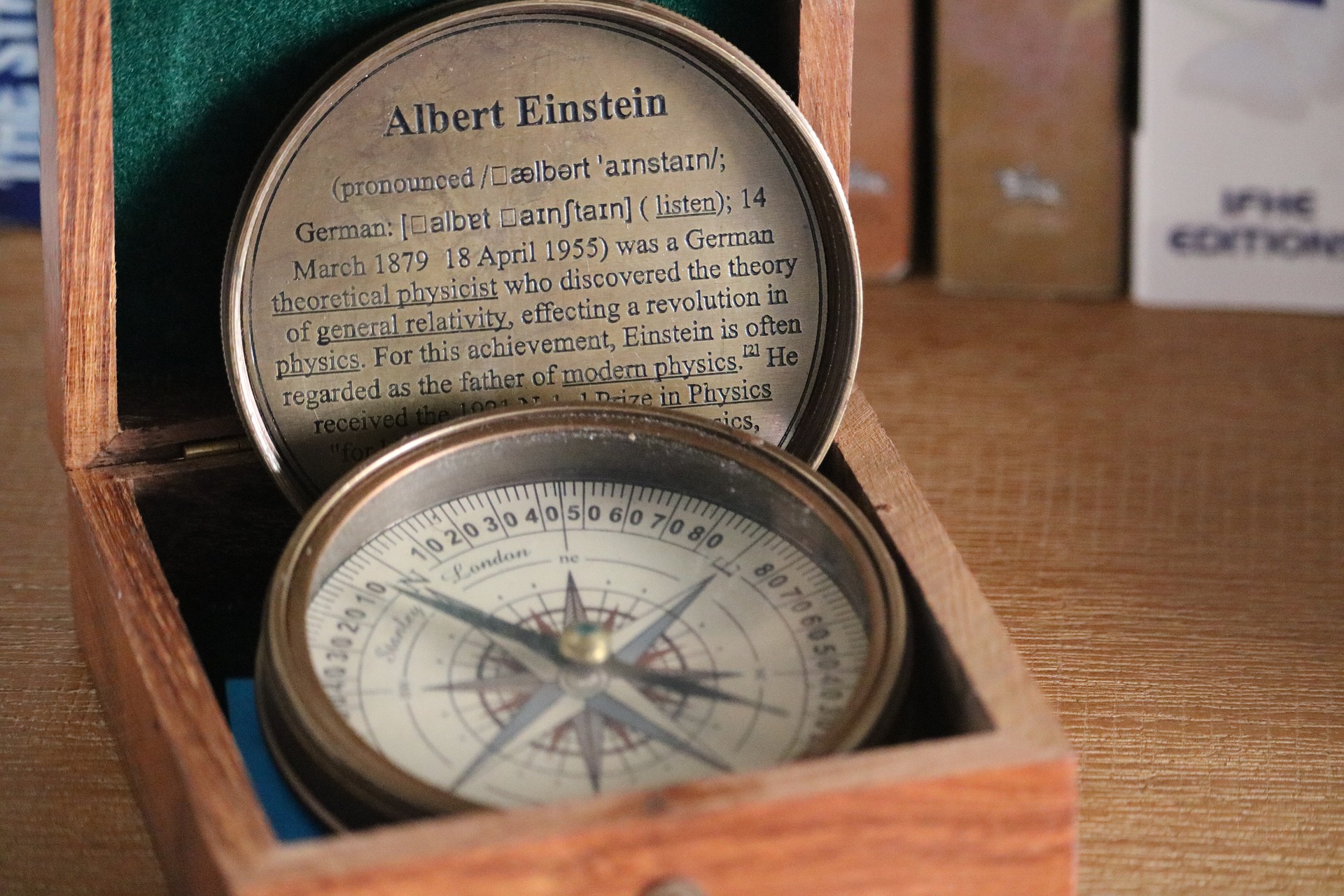Actually, there is no way to visualize abstractions, which is what rights are.
However!
(And this is the biggest “however” in the universe of political philosophy.) There is a way to visualize the antecedents of rights and they are intimately, even intrinsincly connected to the rights they created. That’s because it only makes sense to claim rights to things that can actually be done. It makes no sense to say I have the right to jump to the moon.
One of the reasons we are losing the semantic war with the new so-called progressive philosophies that are propelling our civilization back into the dark ages of paganism, is that we don’t really understand and therefore cannot adequately defend our natural rights. Yet they are so simple and so boldly evident. It is, in fact, their ubiquitousness that hides them from our understanding. But since we can’t visualize a right, it is imperative that we learn how to communicate their reality in an unimpeachable way. Here’s a way.
How to Visualize the Powers that Create Our Rights
This is so simple it totally escapes us. It is so simple that we suppose that there is no advantage in even considering this paradigm. Yet, because it is so simple it is irresistible. Let’s take speech for an example. I can speak, I have the power, the capability to speak; therefore I have the right to speak. It is easy enough to visualize someone speaking. That image, even if only formed in the mind’s eye, is very real and therefore effective in conveying the abstract idea of the right to speak.
If we then visualize that person being literally muzzled, having a device placed on their face so they cannot speak, we have visualized the tyranny of what or who placed the device. The visual impact of such pictures is profound and a key to winning the semantic war we are losing. They can be actual images or textual descriptions. Images are best.
This visualization of rights is treated in great detail in my Introduction to Temporal Rights.




